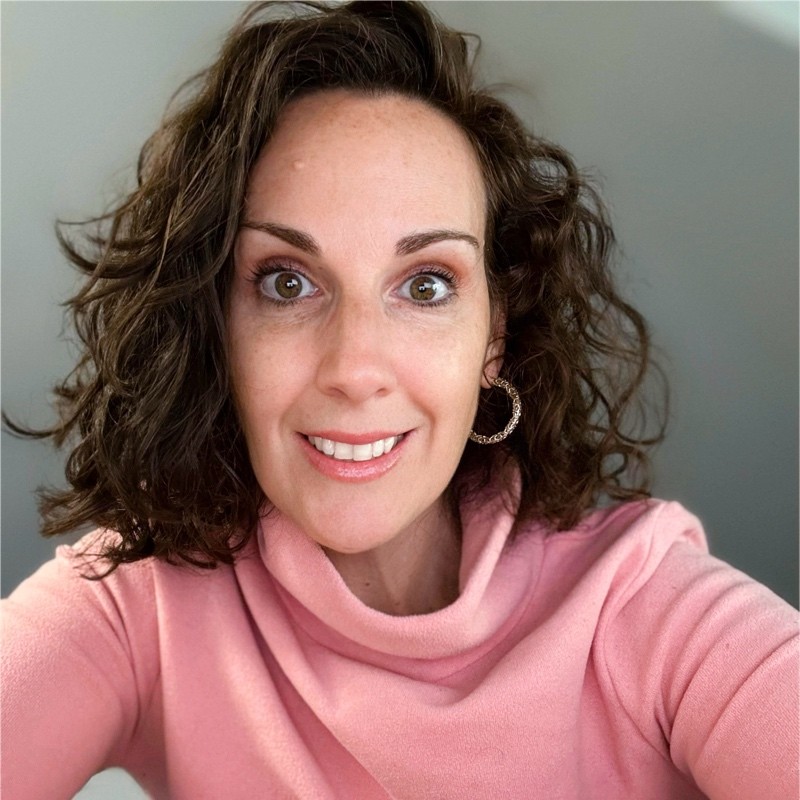Friday, September 20, 2024
“The wonderful thing about hidden curriculum is that every music teacher has the power to uncover it and address it as best they can.”
Longy Director of Teacher Education Erin Zaffini’s article, “The Power of a Hidden Curriculum Audit,” was published in the Fall 2024 Massachusetts Music Educators Association (MMEA) Journal.
In her article, Zaffini proposes that teachers make strides towards a more inclusive curriculum by first identifying what is available in their classroom and school. For example, what ensembles are offered? What kinds of music, skills, and concepts are currently taught? This, in turn, illuminates which students and voices are being underrepresented, or not represented at all, in their curriculum.
“From promoting certain composers as the ‘best’ to unintentionally prioritizing traditional ensembles over modern musical groups during the school day, we tell students what is important, and what is worthy of inclusion in our classrooms.”

Erin Zaffini
To combat this, Zaffini recommends teachers use a “hidden curriculum inventory” document to identify holes in their curriculum and take steps toward a more equitable classroom.
When Zaffini was a K-8 general music teacher, a thorough curriculum self-review revealed she was presenting jazz and blues as the only genres that allow improvisation—further reflection revealed that she was reinforcing hidden curricula she learned as an elementary and secondary student.
By discovering what she had excluded, Zaffini could consider and determine what to implement into her curriculum. In this case, it was lessons on other improvisation-based genres like reggae, gospel, Indian ragas, and flamenco.
“The hidden messages—what we are saying to our students without actually saying it out loud—quite often become the loudest messaging of all.”
More than just a fun exercise in adjusting your teaching approaches and observing the results, addressing hidden curriculum, Zaffini argues, can strengthen the classroom dynamic for students. It also helps teachers determine where to focus their efforts during the school year to be most culturally responsive and equitable in their curriculum.
“By listing current practices and considering alternative approaches that promote inclusivity and diversity in music education, music educators can take tangible steps towards creating a more equitable and inclusive learning environment.”
You can read Erin Zaffini’s full article at https://online.fliphtml5.com/mlkuf/pvss/#p=31.
